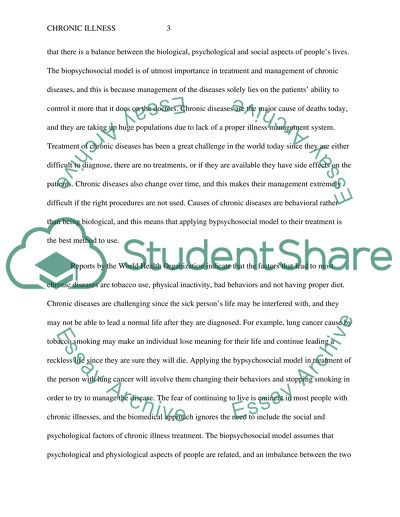Cite this document
(“Chronic Illness. The Biopsychosocial Model Including the Variables of Research Paper”, n.d.)
Retrieved de https://studentshare.org/psychology/1392182-chronic-illness-the-biopsychosocial-model-including-the-variables-of-gender-culture-and-personality-in-terms-of-well-being-and-treatment
Retrieved de https://studentshare.org/psychology/1392182-chronic-illness-the-biopsychosocial-model-including-the-variables-of-gender-culture-and-personality-in-terms-of-well-being-and-treatment
(Chronic Illness. The Biopsychosocial Model Including the Variables of Research Paper)
https://studentshare.org/psychology/1392182-chronic-illness-the-biopsychosocial-model-including-the-variables-of-gender-culture-and-personality-in-terms-of-well-being-and-treatment.
https://studentshare.org/psychology/1392182-chronic-illness-the-biopsychosocial-model-including-the-variables-of-gender-culture-and-personality-in-terms-of-well-being-and-treatment.
“Chronic Illness. The Biopsychosocial Model Including the Variables of Research Paper”, n.d. https://studentshare.org/psychology/1392182-chronic-illness-the-biopsychosocial-model-including-the-variables-of-gender-culture-and-personality-in-terms-of-well-being-and-treatment.


